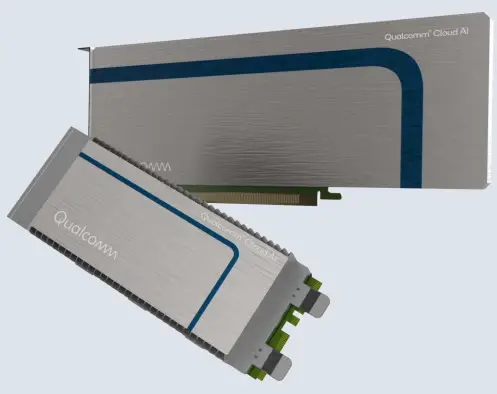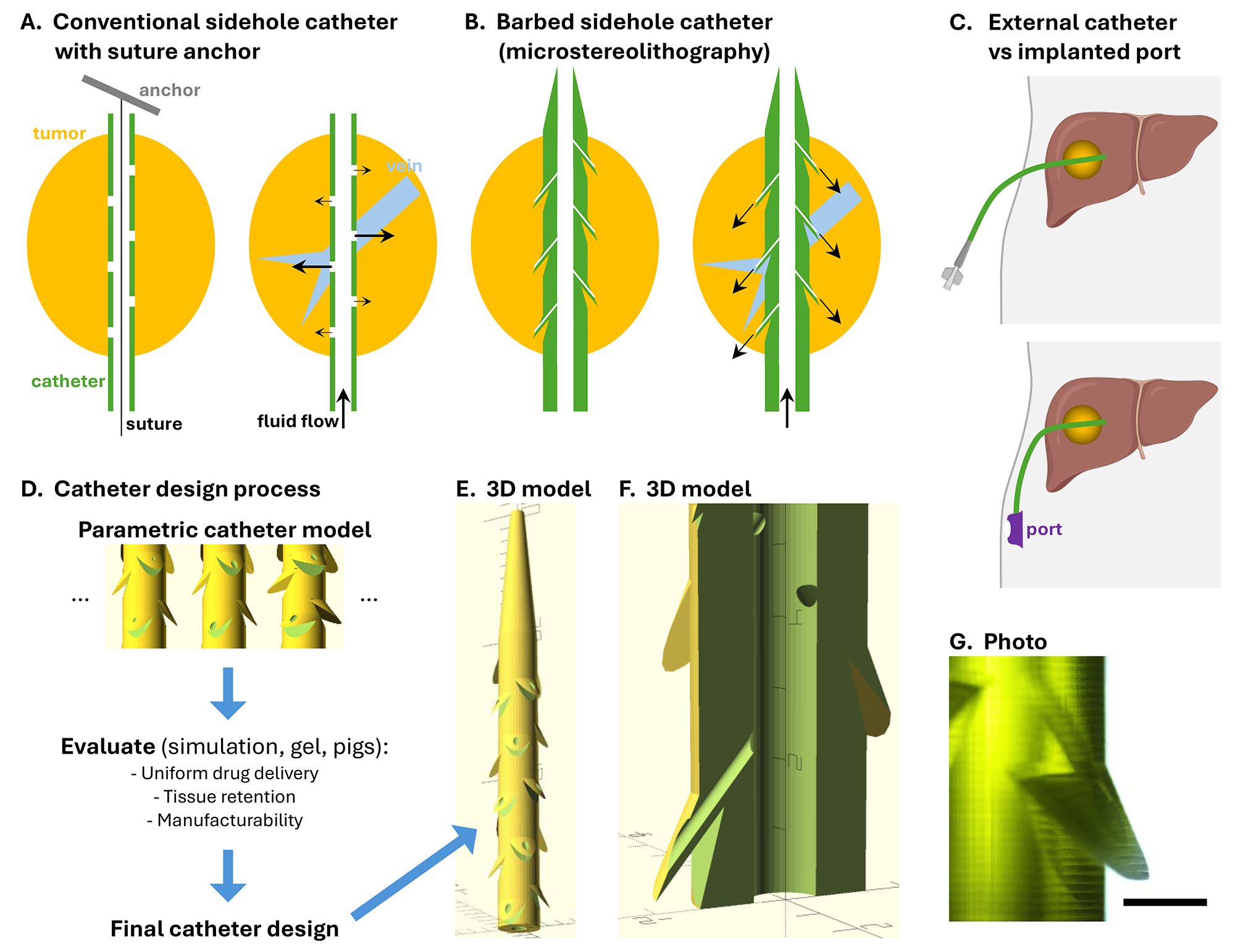
Qualcomm RISCs, Arm Pulls: The Legal Battle for the Future of Client Computing
“You have to bet the company. Especially right now, it’s like being in the gladiator business: you go in, you prepare, you go to the Colosseum …”
In the 1970s and 1980s, Intel developed and seemingly controlled the architecture we now know as x86. Except Intel didn’t fully control x86. It had granted ‘second-source’ licenses to several firms to build 8086 and 80286 compatible CPUs. When Intel denied ‘second-source’ rights to other firms for the 80386 some of those firms, most importantly AMD, reverse-engineered the new design and sold their own versions of the 80386.
By the late 1990s and several legal disputes later, AMD was firmly established as an alternative vendor of x86 designs. So firmly established that when Intel neglected to extend x86 to a 64-bit address space, AMD’s 64-bit extension (AMD64) quickly became the standard and was soon adopted by Intel (although, of course, named Intel64 in Intel documentation).
On 15 October 2024, the two firms announced the formation of the x86 Ecosystem Advisory Group recognizing at last that neither firm fully controlled the x86 platform. In the press release, Intel CEO Pat Gelsinger commented:





















